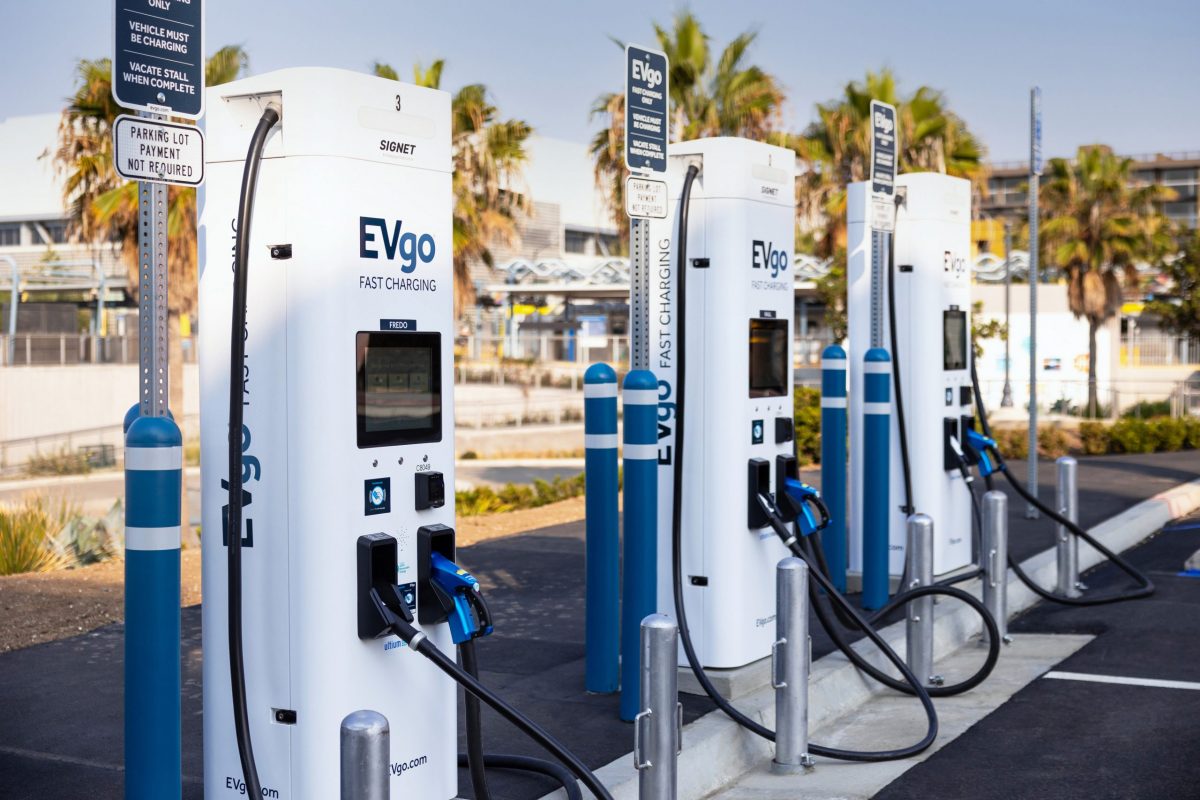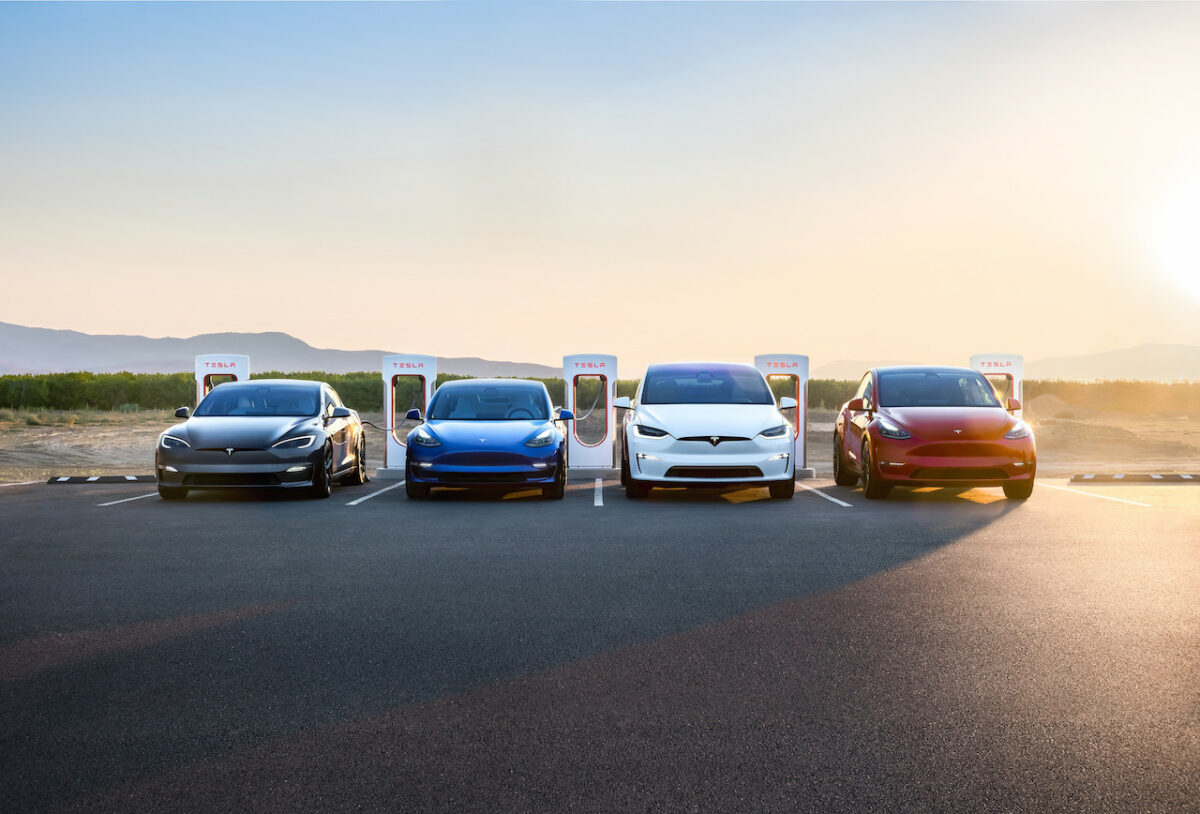While corporate average fuel economy (CAFE) regulations in the US continue to apply pressure on OEMs to develop more fuel-efficient vehicles, the Indian market does not have to cope with such stringent regulations. However, this has not stopped Indian companies from pushing for lighter vehicles for other reasons.
Speaking at Automotive Megatrends India 2015, a number of industry specialists advised that the development of lightweight vehicles would progress in India regardless of regulatory pressures.

Markus Pfefferer, General Manager, India at Ducker Worldwide, remarked that efforts have been made, but struggled to take hold: “In the past, the industry has attempted to carry out vehicle lightweighting voluntarily… A lot of initiatives never stuck because they didn’t find the right suppliers or mindset from the OEMs, so there is a lot to do.”
Realising the benefits
Pfefferer pointed toward the enticing side-effects of vehicle lightweighting, which can present an attractive business proposition as opposed to pressure on operations.
Lighter vehicles are more efficient, a factor he expects could spur new vehicle sales in the market where consumers regards fuel economy as one of the most important factors in a new car. In addition, he suggested that fleet operators would reap the rewards by switching materials around. For example, lightweight forged aluminium wheels currently have 75% penetration in North American trucks, “but are non-existent in India,” he said. “But there are suppliers here that provide this service, and running costs can be reduced by as much as 28% when swapping to aluminium,” he said, “so there is a business case behind it.”
Despite difficulty securing an industry wide initiative to pursue lightweighting strategies, Pfefferer is confident that domestic OEMs and suppliers can leverage lightweighting as a business model as opposed to a reaction to government stimulus. “You don’t need the state telling you what to do… If the industry comes together to create a business model, you can still get results,“ he affirmed.
Speaking to Automotive World, Rajeev Singh, Partner, KPMG shared a similar perspective: “It’s not just about fuel efficiency anymore. By changing a container from steel to plastic, they can carry close to 600kg to 800kg more in payload. The benefit for transportation is that cost-per-tonne goes down, and the OEM becomes more competitive.”
Singh agreed that industry collaboration is vital, and advised that Indian OEMs and suppliers have recognised this. Is the concept of voluntary lightweighting making a renaissance? “Within the area of voluntary lightweighting, a lot of things are already happening,” he affirmed.
Janardhan Thokala, Senior Project Manager at Satyam Venture Engineering Services, added: “For those looking for improvements in fuel efficiency and even reducing vehicle maintenance, lightweighting is in their best interest.”
Freddie Holmes



